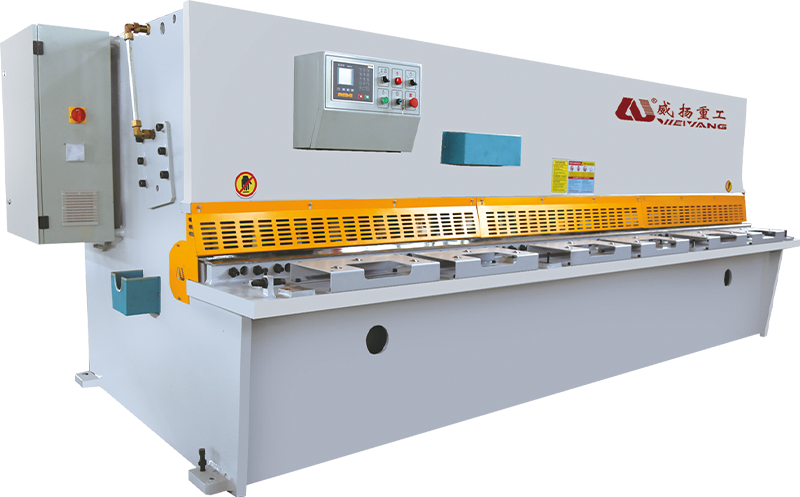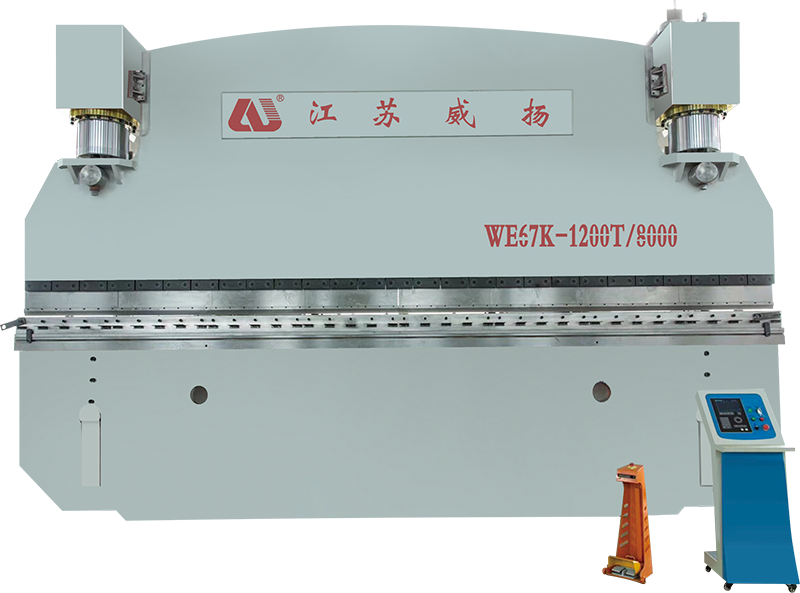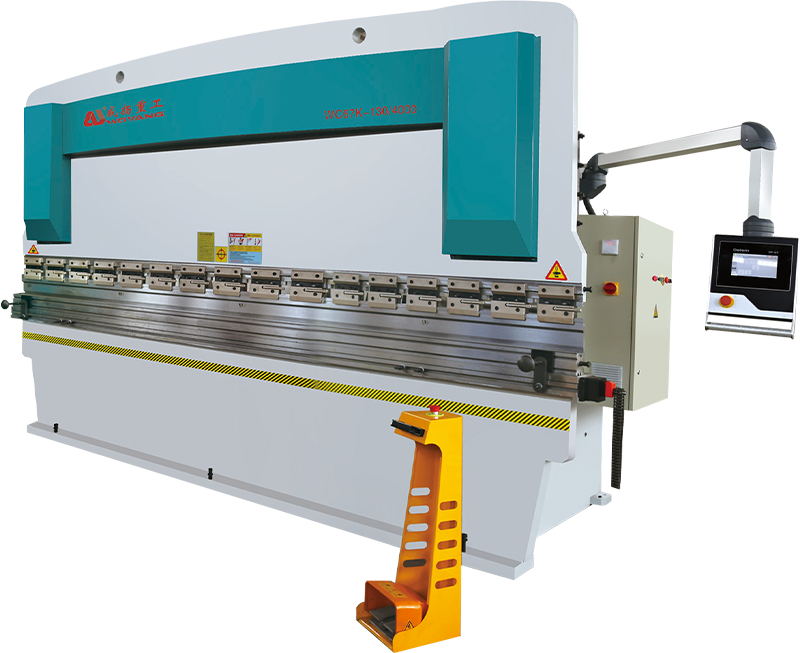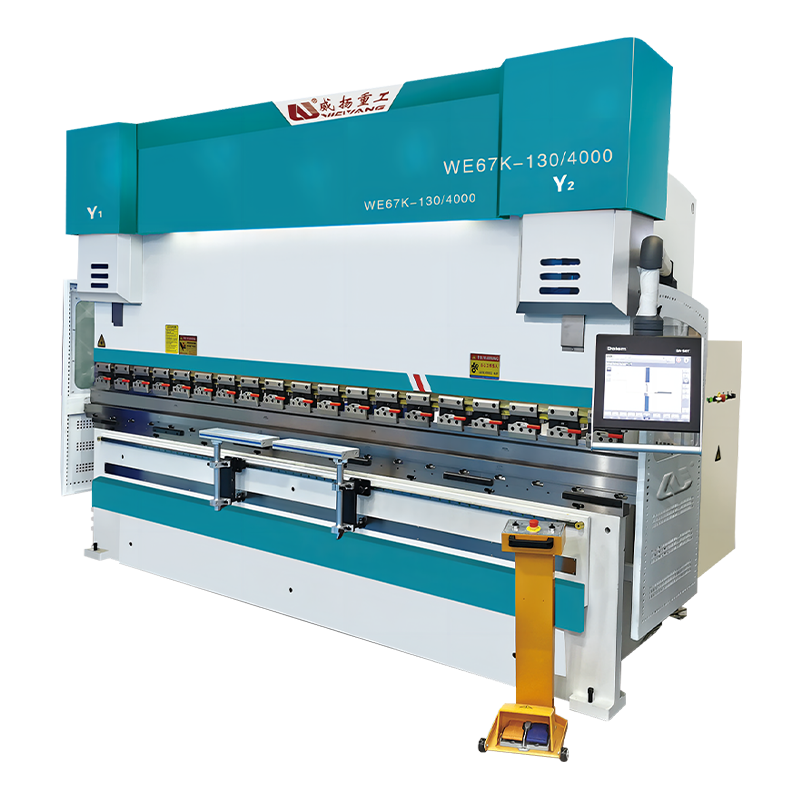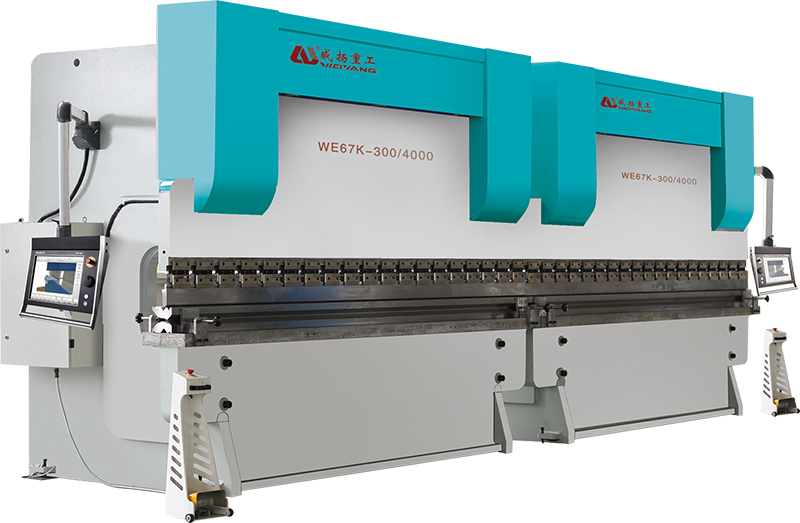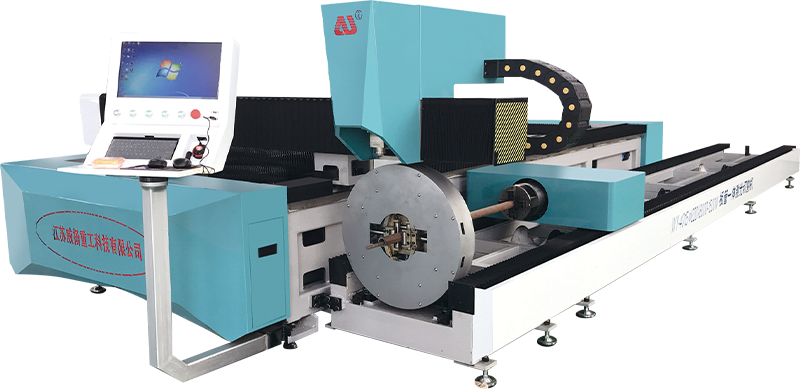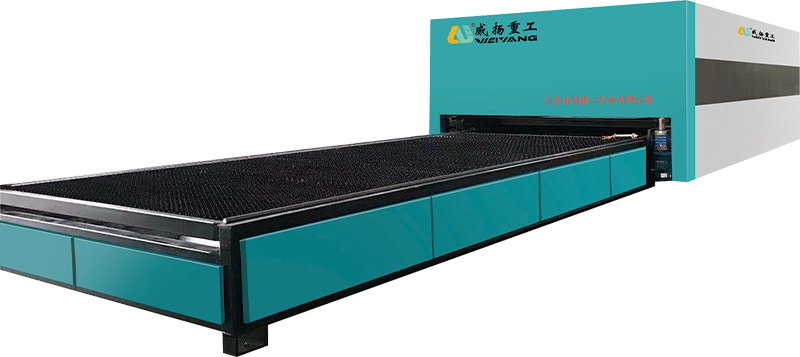How does the CNC bending machine handle multi-axis bending, and how is this managed through the control system?
The core of multi-axis bending lies in the Fully automatic CNC bending machine's ability to manipulate multiple axes simultaneously or sequentially, using actuators, motors, and hydraulic or electric drives. These machines move along the X, Y, and Z axes, allowing for bending along horizontal, vertical, and depth planes. Some advanced systems include rotational axes (such as A and B), which provide the ability to rotate or tilt the part during the bending process. This additional movement ensures that complex bending profiles, such as those required for multi-directional bends, can be achieved in a single setup, reducing the need for multiple repositions and handling steps.
The CNC system orchestrates all the machine’s movements by interpreting the designed instructions, which can be generated from CAD/CAM software. The CNC system converts these instructions into electrical signals that drive the actuators controlling each axis. The advanced CNC system monitors and adjusts the machine's speed, force, and positioning of the tooling in real-time to ensure precise execution of the bending tasks. The control system's ability to handle complex algorithms allows for optimized movement coordination across multiple axes, ensuring that each bend is carried out to the exact specifications required for the final product.
The successful execution of multi-axis bending often requires special tooling and dies designed to accommodate the additional axes of movement. These tools can be precisely adjusted by the CNC system to match the material's specifications, bend angles, and desired final shape. The system manages the die’s position, allowing for different bending angles on the same workpiece, which is particularly advantageous when creating complex geometries. Advanced CNC bending machines may incorporate automatic tooling adjustments, streamlining the production process and improving efficiency.
Prior to physical operation, the entire bending process is programmed and often simulated through CAD/CAM software. This ensures that the multi-axis bending operations are accurately translated into machine instructions. Through simulation, the operator can predict the machine's behavior and detect potential errors or conflicts in the bending sequence. These simulations help refine tool paths, optimize production time, and reduce material waste, making the setup process quicker and more efficient. The software also enables operators to plan for optimal tooling configurations and material flow, preventing unnecessary repositioning of the part.
One of the critical aspects of multi-axis bending is ensuring that the movements of all axes are perfectly synchronized to avoid conflicts that could lead to inaccuracies or inefficiencies. The CNC system ensures that movements along the various axes (X, Y, Z, and additional rotational axes) are properly coordinated. By synchronizing the tool's position, the workpiece material, and the bending forces applied, the system ensures that the part is shaped exactly as intended, without distorting or misaligning during bending. This precise synchronization allows the machine to handle high-precision jobs with greater complexity, reducing the likelihood of defects.





